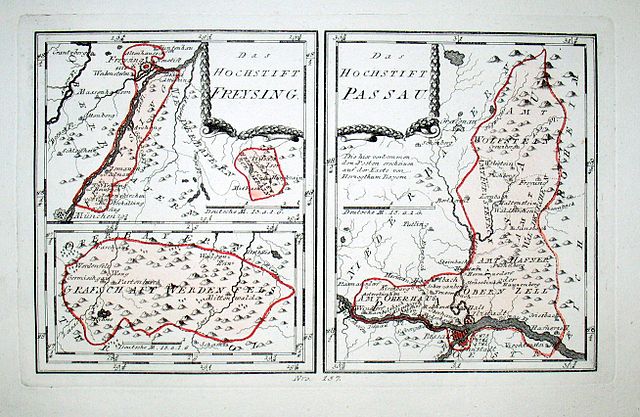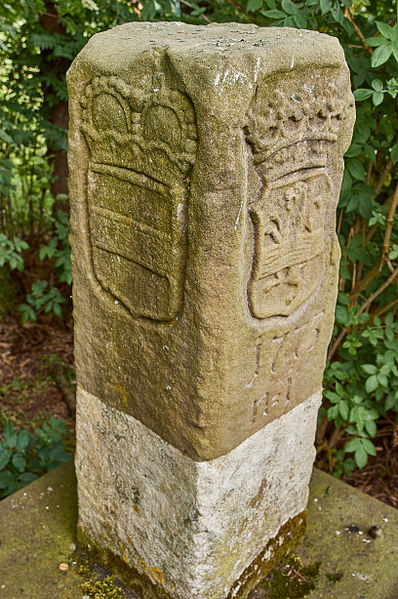Prince-Bishopric of Constance
The Prince-Bishopric of Constance was a small ecclesiastical principality of the Holy Roman Empire from the mid-12th century until its secularisation in 1802–1803. In his dual capacity as prince and as bishop, the prince-bishop also administered the Diocese of Konstanz, which existed from about 585 until its dissolution in 1821, and whose territory extended over an area much larger than the principality. It belonged to the ecclesiastical province of Mainz since 780/782.
The Bishopric of Constance lying astride the western end of Lake Constance
Image: Konstanzsiebmacher
Upper Rhenish dioceses of Constance, Straßburg, Speyer, and Worms, c. 1801
Constance Cathedral
In the Holy Roman Empire, the German term Hochstift referred to the territory ruled by a bishop as a prince, as opposed to his diocese, generally much larger and over which he exercised only spiritual authority. The terms prince-bishopric and ecclesiastical principality are synonymous with Hochstift. Erzstift and Kurerzstift referred respectively to the territory (prince-archbishopric) ruled by a prince-archbishop and an elector-archbishop while Stift referred to the territory ruled by an imperial abbot or abbess, or a princely abbot or abbess. Stift was also often used to refer to any type of ecclesiastical principality.
Hochstifte and dioceses in the late 18th century
Two prince-bishoprics (Hochstifte) in the late 18th century
Stone marker from 1766 demarcating the territories of the Prince-Bishopric of Münster (coat of arms on the left side) and the Dutch province of Overijssel







